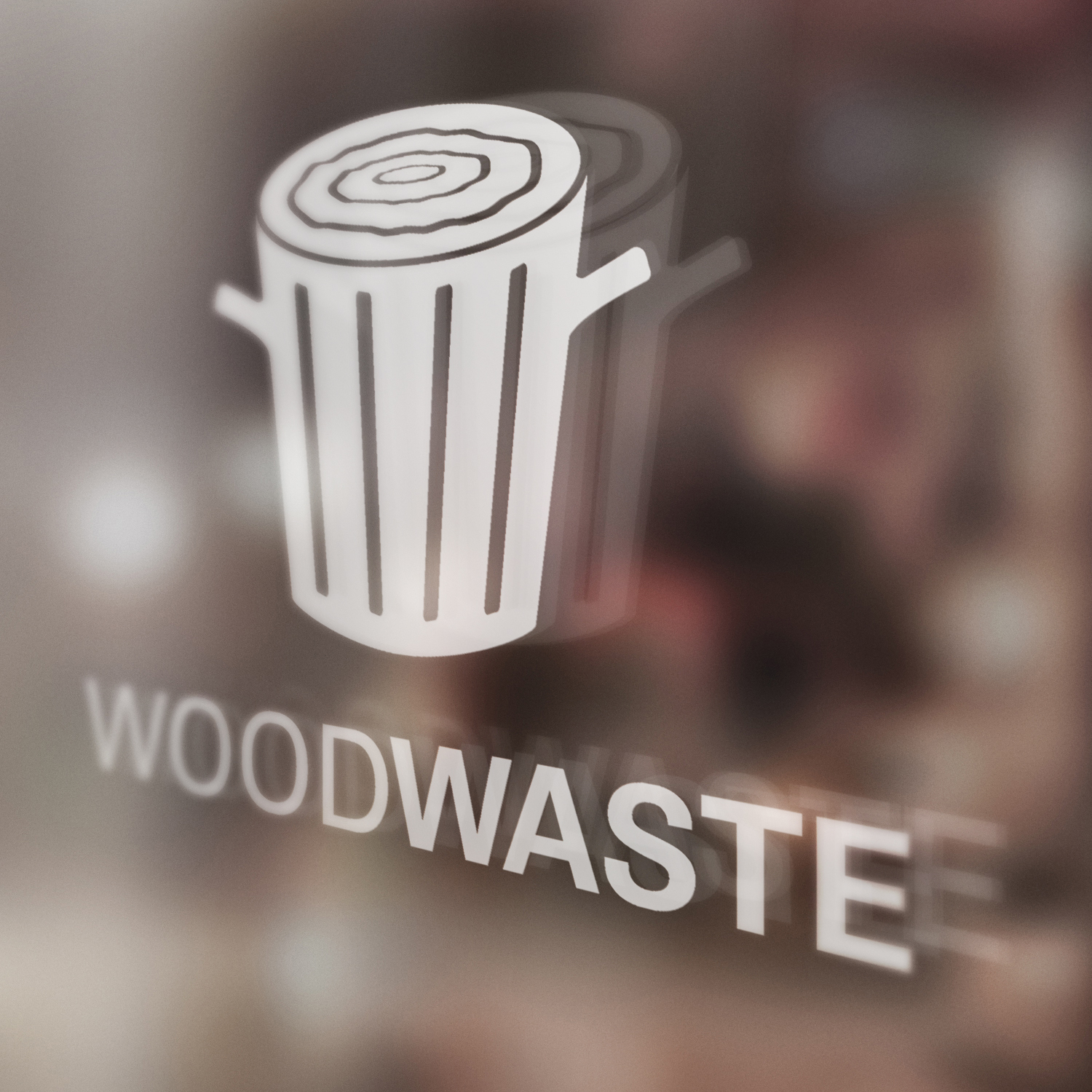IBM Automation Academy
Categories: Ui, Ux, Art Direction, Branding, Strategy, Research
In 2019, because of my success and expertise on Enterprise Design Thinking, I was approached to help build a similar solution for IBM Automaton. The ask was simple, “Build an Automation learning experience to teach clients about Automation.” However, through research, we uncovered that what IBM really needed was to facilitate better conversations with clients. This is about changing the behavior of our Consultants to guide clients in more meaningful discussions about Automation and the future of their business.
I drove our team to ask why, and look deeper into the real problem we were trying to solve. I engaged stakeholders, and used research to drive our team to challenge assumptions and taken on bigger, more validated work. In doing so, we identified 2 primary needs to see results.
1. Facilitate better conversations with clients through building a shared language.
2. Design a cohesive way to communicate that language in a human centered way.
___
Outcomes:
91
NPS
49,570+
Badges issued as of 2020
Co-creating to understand and define
a shared automation language
Overview
Build a shared language to facilitate more meaningful conversations between seller and our clients, faster.
Challenge
The Automation business unit was showing up in different ways across geos, teams and clients. There was also new POV on automation, the “Future of Work,” that wasn’t consistently understood or communicated.
Solution
Our team researcher and I started digging into the Automation narrative, all the assets and comms we were using to engage clients. I began interviewing SME’s and execs, gaining a perspective on what’s needed to start to align this fractured landscape. I then built key relationships and worked to cement a more clear narrative about automation. Extracting key concepts and defining words and phrases. In doing this, we built a shared and endorsed automation language via co-creation.
Designing an innovative experience
for users to learn differently
Overview
How might we build an innovative way for users to consume content that enables deeper understanding and retention.
Challenge
The importance of the environment in which users consume content is critical. The problems when building these environments is controlling the pace of learners, allowing previous content to be referenced, and doing so in a consumable, timely manner.
Solution
Using previous research and testing from the EDT learning platform, I was able to design and implement a whole new way for users to interact with content. This UX pattern involves using a governor to pace the user in consuming one chunk of content at a time, while also allowing them the ability to scroll up and reference the content that came before. This design solved the need for a micro-learning experience that splices content into 5-minute lessons, and lessons into short chunks — which we learned was a must for our users — the busy, learn on-the-fly, Consultant.
Defining a set of interactive
learning components to scale
Overview
Designing a series of unique, reusable learning components to improve user experience and scale our ability to add net new content.
Challenge
The best way to learn is by doing, but doing is very hard to translate digitally. Users need meaningful interactive experiences to aid in learner engagement and retention, that results in not just learning, but changing peoples behaviors.
Solution
In order to see results, I owned the exploration, design, and hand off of variety of behavior-reinforcing learning mechanisms, from interactive components to custom takeaway summaries. Most of these components were custom built and tailored to the unique content and concepts we were trying to convey in the Automation narrative.
Using storytelling to convey
the value of automation
Overview
Using storytelling to convey the value of automation by focusing on defining words and phrases and introducing key concepts so set a baseline.
Challenge
We had very few leads in case studies and very little time to source new stories.
Solution
I owned the creation and production of all videos in the Automation Academy. Working with another team member and a key stakeholder we created a narrative about the future of work. I materialized this story through creating an animated video using characters and painpoints to make it compelling. I also owned the directions and execution of shooting and editing more ‘interview’ type videos, featuring IBM SME on screen talent.




















